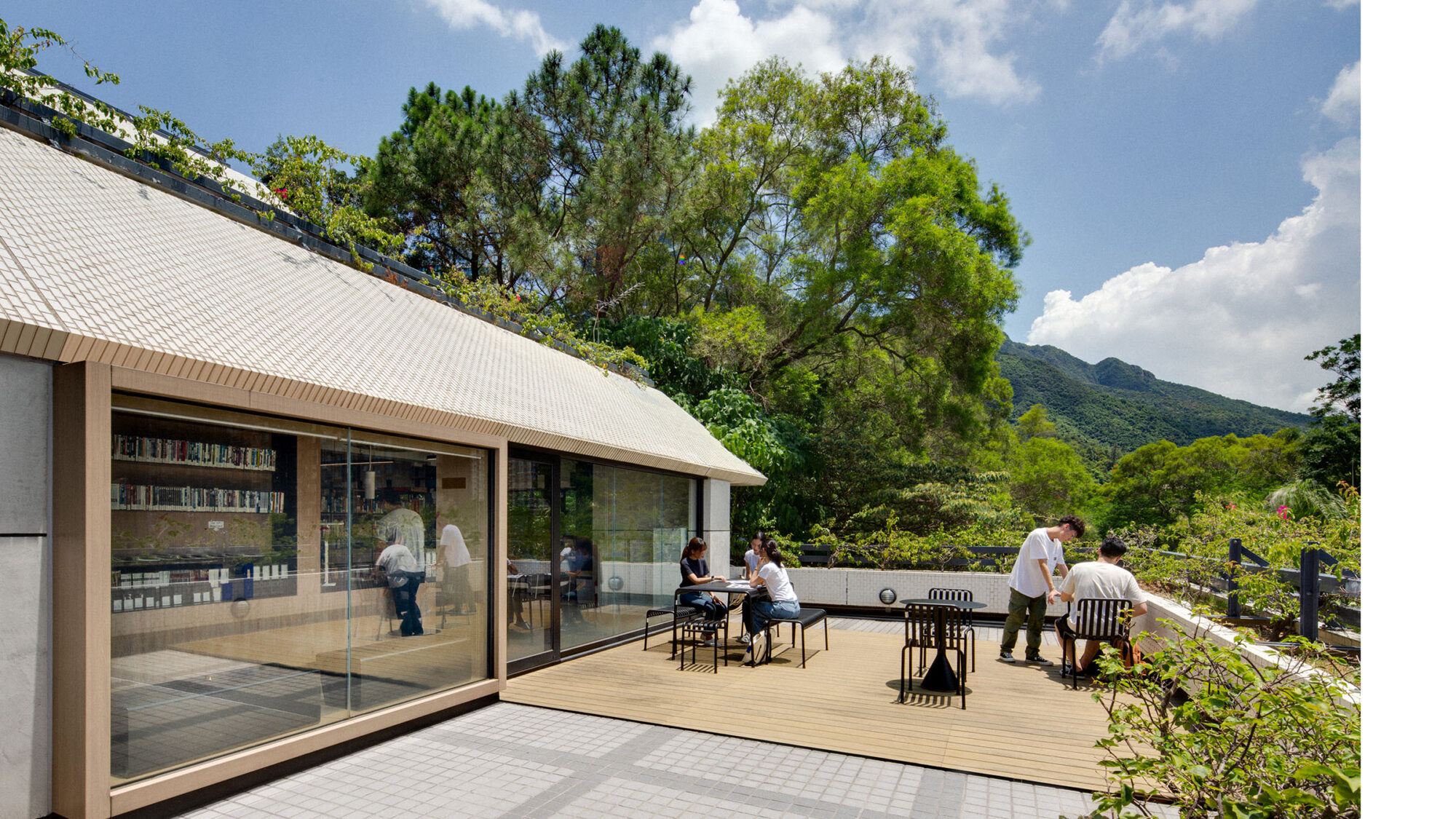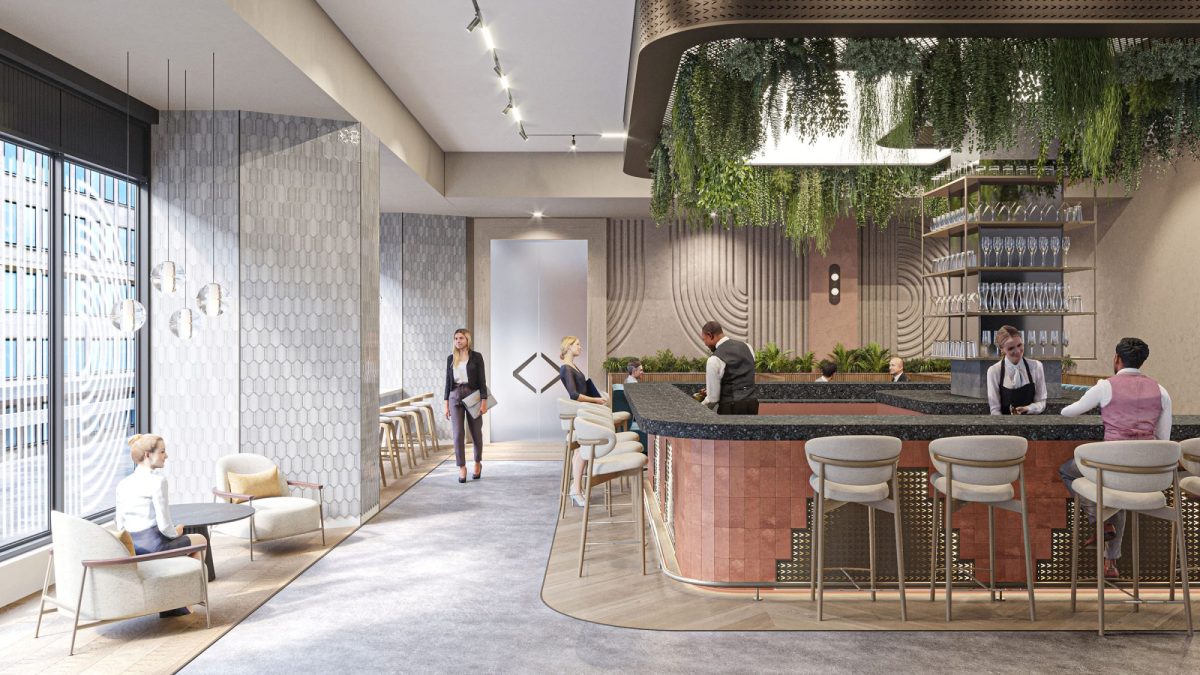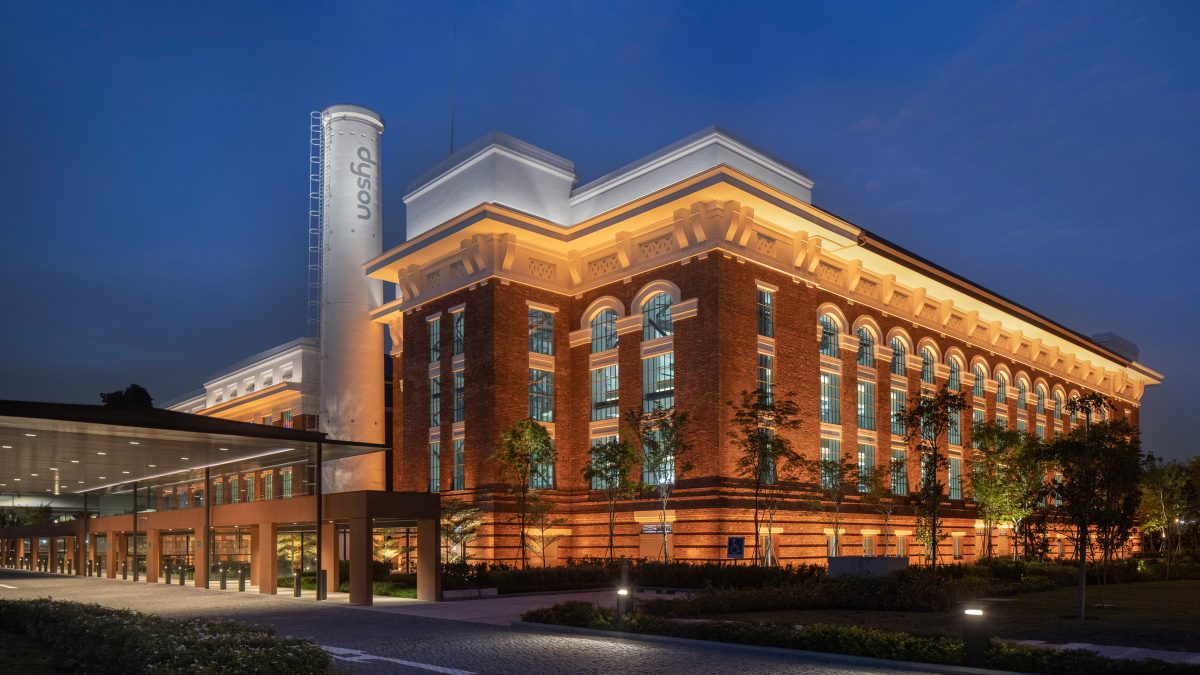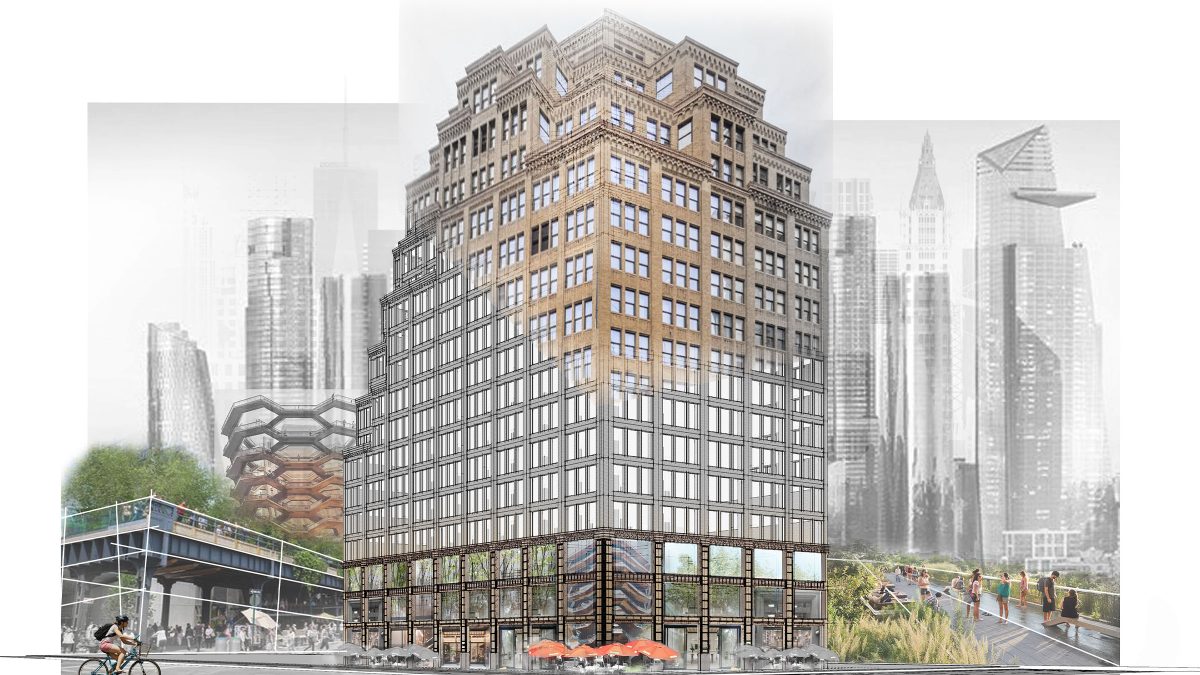










In New York City, adaptive reuse is transforming how we perceive and utilize existing buildings. This approach preserves historical architecture and revitalizes urban spaces, making them more attractive and functional for modern use. This article delves into how adaptive reuse can turn outdated buildings into destination spaces, enhancing both their value and appeal.

Adaptive reuse breathes new life into older structures by altering them for different purposes than what they were originally designed for. In New York City, where real estate is at a premium, the benefits of adaptive reuse projects are significant. By maintaining the original framework of buildings, developers can save on construction costs. At the same time, they can reduce the environmental impact associated with new builds. These projects often attract businesses and tenants looking for unique spaces that blend historical charm with modern interior design and amenities. This can potentially raise the overall property value.


By converting historical or underutilized buildings, developers can create vibrant, multi-use spaces that attract a diverse crowd. Whether through luxury apartments, multi-use office buildings, or cultural hubs, adaptive reuse projects make neighborhoods more dynamic and appealing. These repurposed buildings often become landmarks in their own right. They draw in both tourists and locals and contributing to the urban fabric of New York City.

New York City real estate is increasingly turning towards sustainable building practices and innovative reuse of space. Adaptive reuse not only addresses the demand for unique commercial properties but also aligns with the city’s sustainability goals. By upgrading buildings to be more energy-efficient and adapting them to contemporary needs, developers can ensure these structures remain relevant. This makes them desirable in a fast-evolving market.
Transforming historic buildings into modern offices requires a sensitive approach to preserve their architectural integrity while updating them for current use. This often involves significant building renovation and interior design efforts where interior architects play a crucial role. These professionals ensure that the new design respects the building’s historical significance while incorporating modern technologies and amenities.

In recent years, New York has seen a variety of adaptive reuse projects. These range from converting old buildings into offices, like aged warehouses turned tech hub, to former factories becoming luxury condominiums. These projects exemplify how old structures can find new life and new purposes. At the same time, they cater to the tastes and demands of today’s city dwellers and businesses.

Understanding local zoning laws is crucial for any adaptive reuse project. These regulations often dictate what can and cannot be done during the renovation process. Developers must navigate these laws to ensure their projects comply while making the most of the building’s potential.


Sustainable practices are at the heart of adaptive reuse, which is inherently about resource conservation. Many projects in New York focus on green building certifications. They incorporate energy-efficient upgrades and sustainable materials to minimize environmental impact while enhancing building performance.
Converting old buildings into offices requires a thorough assessment of the existing structure to determine the feasibility of various reuse options. Architecture firms like M Moser in New York specialize in evaluating these opportunities. We design renovations that meet both historical preservation standards and modern business requirements.

Like office buildings in New York, commercial spaces in NYC are continually being reimagined through adaptive reuse. By repurposing vacant buildings, developers can create appealing, functional environments that meet the needs of businesses and consumers alike. This not only helps in attracting new tenants but also revitalizes entire neighborhoods.
Adaptive reuse is more than just a trend; it’s a sustainable approach to urban development that preserves the past. Additionally, it accommodates the present and future needs of the city. Whether it’s through the expert hands of architecture designers or the strategic visions of architectural design companies, these projects contribute significantly to the cultural and economic vitality of New York City.
Ready to explore the transformative power of adaptive reuse? Connect with our team of architects, interior designers and brand experience experts to discover how we can revitalize your space.
Contact us today and make your mark on the future of NYC real estate.